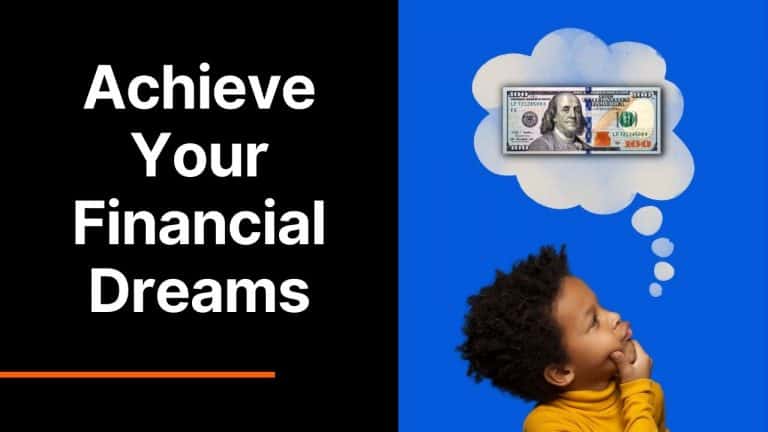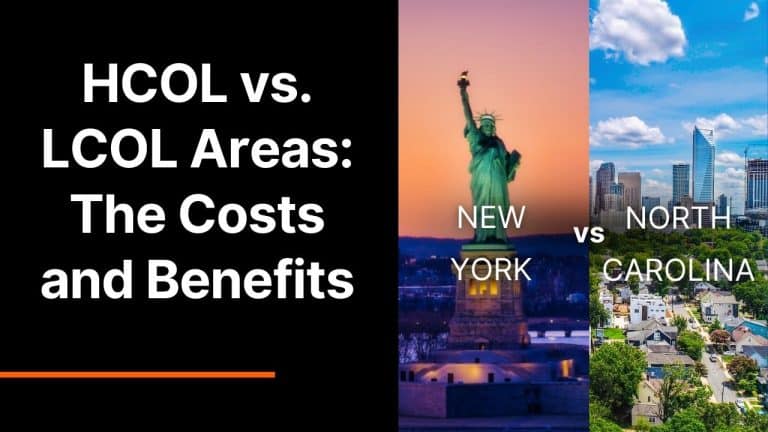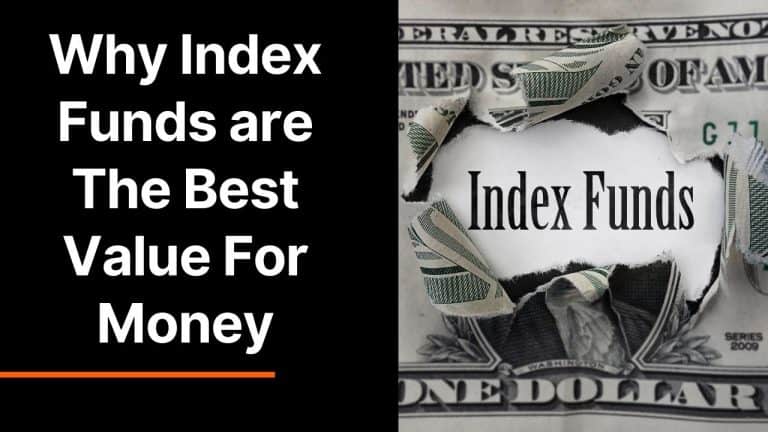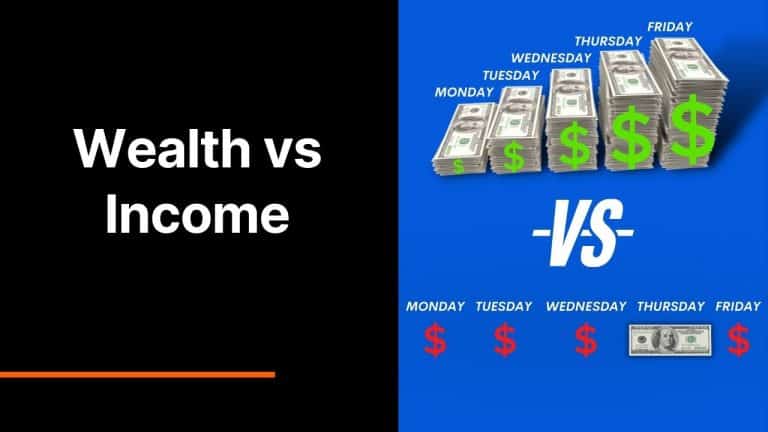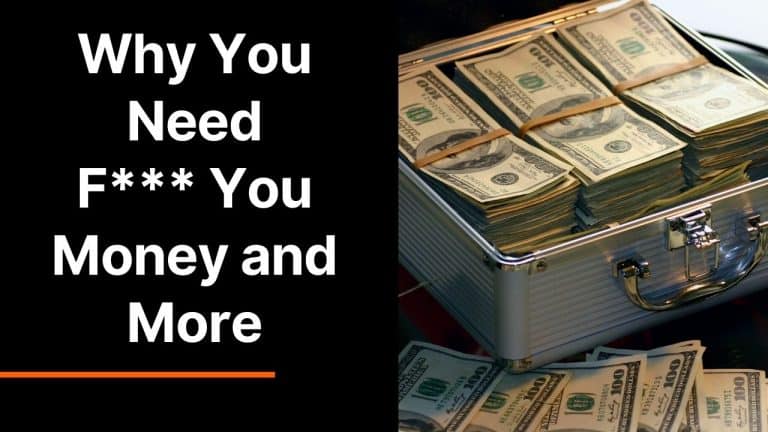7 Steps to Financial Freedom
You want to be financially free, right? Of course, you do. Who doesn’t? That’s why I’m going to explain the 7 steps to financial freedom.
Because financial freedom is for everyone. Seriously, everyone.
It doesn’t matter who you are, how much money you have now, or even what your financial situation is right now – everyone can be financially free if they follow the steps that I will show you here in this article.
In fact, I’m going to say that I personally guarantee it! And the good news is that it’s easier than ever before.
You just have to follow these 7 steps in the EXACT order listed below and you’ll reach financial freedom faster than most people will.
Even if they’re smarter or more talented than you are. If you follow the steps, your
And you won’t EVER have to depend on anyone else for this. It’s not magic, it doesn’t require luck, and like I said anyone can do it.
But it does require focus, discipline, and consistency. So let’s jump into the 7 steps to financial freedom.
Step 1: Get Your Finances Organized
To get your finances organized you need to know go through your bank account statements, know what you’re spending each month, and create a budget.
The reason you need to do this is because it will allow you to see your weakness. You might be spending too much money on something you don’t even use or care about. Or maybe you eat out for lunch every single day.
Whatever it is that’s eating away at your
If you’re having trouble finding what’s eating your money, ask yourself if there are any major
You’ll probably realize there are some things you can go without so you have more money in your pocket each month.
Now List Out Your Debts and Assets
If you have no idea what I’m talking about, here’s a list of what’s considered assets vs. debts:
Assets: House, other real property, automobiles, bank accounts, boats, stocks/bonds/mutual funds, business interests.
Debts: Mortgage(s), car loans, student loans (if any), credit card debt. Maybe some small personal loans you took out for something like furniture, or electronics.
This is an important step in the 7 steps to financial freedom.
Having your assets and debts listed out will allow you to see exactly where you stand financially. If your assets are greater than your debts, congratulations! You’re in great shape.
If your debts are greater than or equal to your assets, then you’re not in as good of shape as one could be. But that’s okay, it’s not too late to fix it and turn things around.
You need to automate your finances and live below your means.
Automation will help. And it ensures your money works for you even when you’re not paying attention. Because the key to financial freedom and security is automation.
Financial freedom and security don’t just happen, it must be planned and executed. Automating your finances is a great way to get started on that path.
Set up things like direct deposit, automatic bill pay, withdrawals from your checking account to your investment account, and so on.
Then, take some time get learn about and get your credit in order.
Step 2: Save One Month of Expenses in Your Emergency Fund
Emergency funds are a shield between you and debt. They protect you from sudden unexpected
This money is not to be touched until an emergency occurs, and if they do it’s a bad thing. These funds are for emergencies only!
To get started, open up a high yield savings account or money market account at a bank separate from where you have your checking or other accounts. Then start putting money in that account until it equals up to one month of
If you want a bigger emergency fund keep saving. You need money set aside for unexpected bills and life events.
Don’t skip over this step or any of the other 7 steps to financial freedom. Even if you want to.
The main purpose of your one-month emergency fund is to provide short-term relief for urgent financial needs. If you need cash, you can tap this pool of money without incurring any debt or awkward situations like having to ask a friend for a loan. It’s your best possible source of cash, fast.
You should have an emergency fund if you are:
- In debt
- Could become unemployed
- Own any real estate
A one-month emergency fund will also help you avoid high-interest loans and credit card debt which are never good over the long term.
Step 3: Invest Up to Your Employer Match
If you get an employer match in a retirement account from your employer, take it.
Getting an employer match means they will put money into your account too, thus increasing your assets right from the start.
This is free money so take it. If they match 3% or any amount of your salary invest at least that amount. But, don’t turn down free money.
Even if their match is only 1%, invest at least that much as well.
Just take the free money. Employer matches add up over time. And compound interest will make your free money from your employer double, triple, and quadruple… until you have a lot of money.
If you do not have an employer helping out with retirement, open up a Roth IRA or Traditional IRA account and start immediately.
A good company to look for is Vanguard. They’re one of my favorite investment companies because they offer low-cost index fund
Step 4: Pay Off All Your Debt
If you have any debt besides the house you live in or rental properties, pay them off.
Seriously.
This includes credit cards, student loans, car payments – anything that is not your home or rental property.
All of it. When I say pay them off, I mean get rid of the debt completely by paying it in full.
Debt in large amounts will get in the way of achieving financial freedom. The sooner you eliminate all debt besides your house or rental properties, the sooner you will be financially free.
Paying off your debt can be the hardest of the 7 steps to financial freedom.
But, how do you get rid of your debt?
By paying it back. The only way to get out of debt is by paying your creditors back.
If you have credit card debt, stop using credit cards. If the balance is over $1,000 then you need to pay that off first. Once done move to the next debt.
Sell stuff around your house if you have to. Even your car if you can do without it. Just do whatever it takes.
Because you can’t begin to make money or pursue Financial Freedom until all your debt is paid off besides your home & rental properties.
I mean, sure yes you can invest while getting out of debt. But it will take longer.
Step 5: Save Six Months of Expenses in Your Emergency Fund
In step 2 we saved one month worth of
The need for a six-month emergency fund is still relevant.
It’s been estimated that nearly half of all Americans don’t have enough money saved to cover an unexpected $400 expense. And that more than one in three households lives paycheck to paycheck.
It’s not just the lower-income families either; even those with incomes greater than $75K aren’t prepared for emergencies at the same rate as they were 20 years ago.
So if you want to be financially secure and free, you need to set aside some more cash. We all need an emergency fund.
Expensive car repairs, medical bills, long-term job losses, or other unexpected events happen in life.
An emergency fund gives you time. You won’t have to worry about money for at least six months, because you’ll have the cash readily available. You can pay your bills, focus on the task at hand, and not be burdened with any additional stress.
If you want to save money for emergencies, set a goal. You can do this by keeping track of what you spend and not spending it on other things.
Saving six months of
But get it done.
You’ll sleep better at night knowing you’re ready when things go wrong without having to stress about how you’ll pay for it.
Step 6: Invest in Index Funds
Index funds are a great way to invest because they have lower fees and can be much simpler than trading stocks.
In fact, index funds outperform the majority of actively managed mutual funds over time. Index funds are said to be better than mutual funds because they carry lower management fees and
They allow you to diversify your portfolio at a much lower price.
Mutual Funds, on the other hand, charge higher management costs which will negate your returns versus an index fund where you don’t end up paying as much.
Index funds also make it easier to diversify your portfolio since you don’t need to worry about picking individual stocks.
This means that if one investment doesn’t do well, there’s a good chance that another will in order balance out your portfolio.
Index funds are also more tax-efficient in many cases when compared with other types of
I know
But if you have a properly diversified portfolio, it can be one of the safest ways to grow your money over time. Having a long-term plan like the 7 steps to financial freedom and
And if you’re
Tax-advantaged accounts allow you to invest in the stock market and not be taxed on your gains (or pay taxes at all) until you withdraw your money.
Where a traditional brokerage account requires you to pay taxes on your capital gains (profits) each year, tax-advantaged accounts allow your money to grow without being taxed.
Step 7: Save and Invest Any Extra Money
Saving and investing 20% is good. But if you have any extra money left, you have options.
You can save and invest more money into index funds, start a business, or purchase a rental property. Or pay off your house if you own one faster and sooner than you need to.
Investing for me is the most exciting of the 7 steps to financial freedom.
And if you’re not interested in any of those, save and put the cash aside until you can afford something you want and need. But you have options.
Options you didn’t have when starting out.
To achieve financial freedom,
Increase it as much as possible.
The more money you save each month, the less time it will take for you to become financially free. And the only way to increase your savings rate is by increasing your
But just don’t take my word for it. Do some research on financial freedom calculators to see how long it will take you to become financially free if you start saving X amount of dollars every month right now.
You can also create passive
But this requires a lot of time and hard work at the beginning when you don’t have any money yet that’s producing passive returns for you.
Generating passive
And once you have a few sources of passive
You can travel, learn new skills, decrease your expenses further, spend more time with those you love, and if you choose retire earlier.
Because my friend, using the 7 steps to financial freedom I’ve laid out you have achieved financial freedom.

